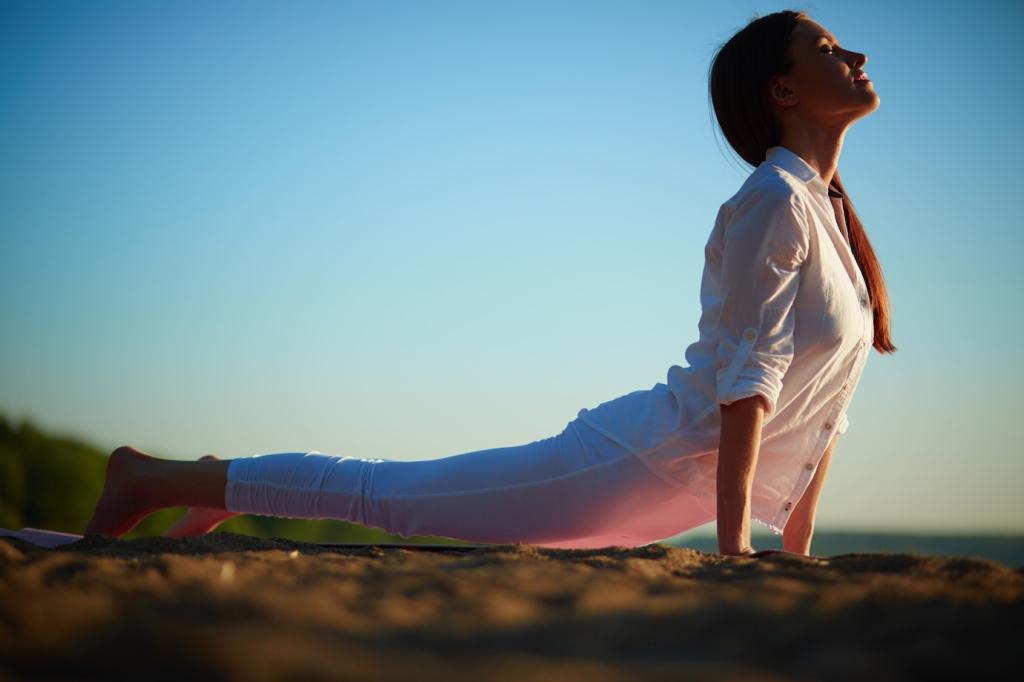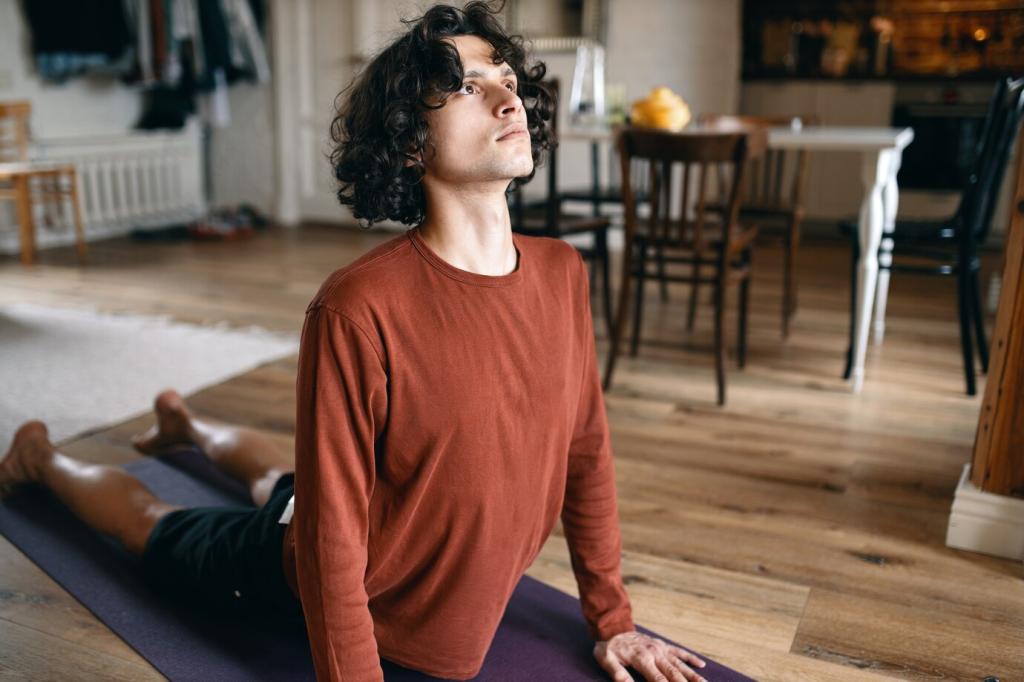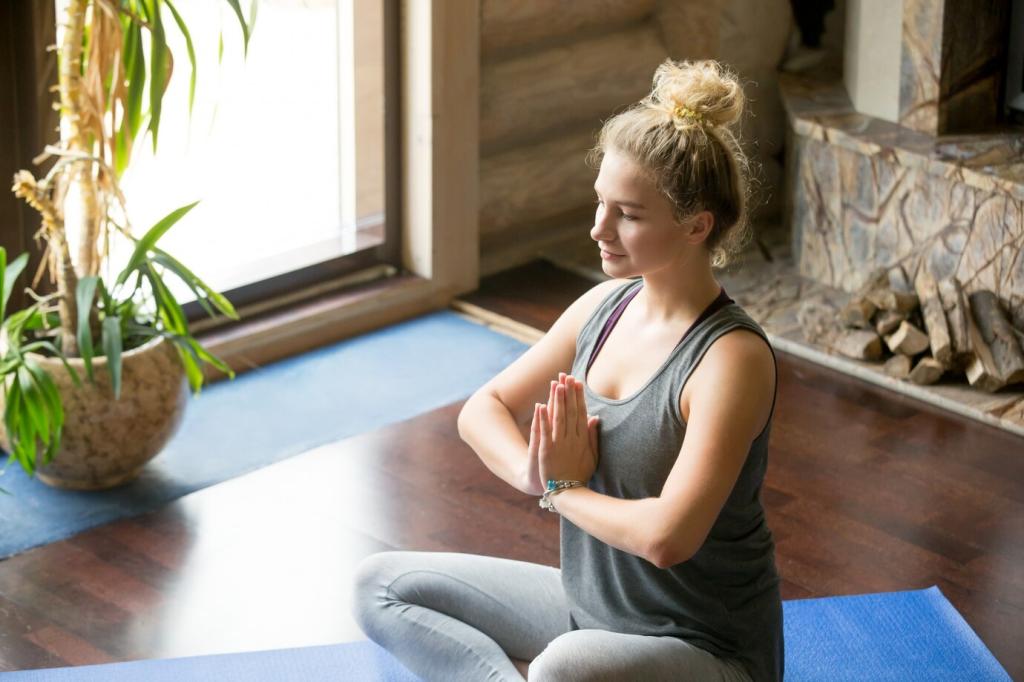Go Deeper: Advanced Techniques and Pairings
Before each prescribed exercise, close your eyes and mentally rehearse perfect form at half speed. Feel smooth joint angles, quiet breath, and stable core. Then perform the movement. This sequence can reduce guarding, improve confidence, and make each repetition more purposeful and coordinated.
Go Deeper: Advanced Techniques and Pairings
Ask a supportive voice to read your script slowly, matching your breath. Their steady cadence can deepen relaxation and safety. Clinicians may offer imagery aligned with protocols, helping you visualize tissue load, circulation, and pacing in ways that complement your broader recovery plan.
Go Deeper: Advanced Techniques and Pairings
Journal simple markers: sleep quality, perceived pain, mood, and confidence during tasks. Note what imagery you used and how it felt. Over weeks, patterns emerge, helping you personalize scripts and celebrate progress. Share insights with your care team to fine‑tune the overall approach.




